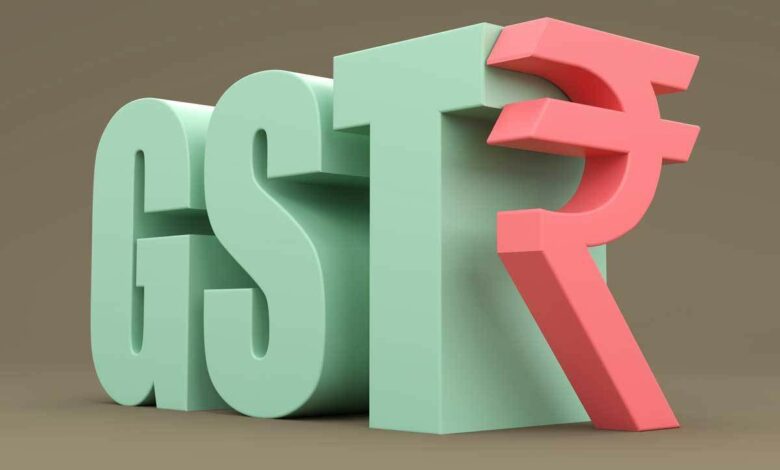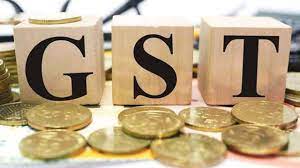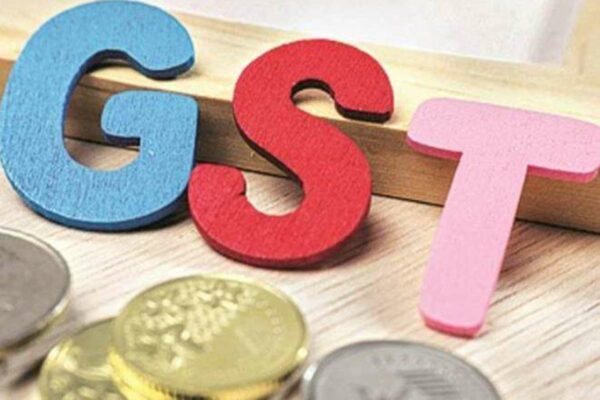
1. GST
In India The government introduced the GST or Goods and Services Tax in July 2017. The purpose of this decision is to simplify the tax payment process. Before GST was introduced as a country as “One Tax,” consumers had to choose from 4,444 sales, services, immigrants, customs, and more.
Individually. But that is no longer the case. Today, a single GST invoice replaces all of these multiple different taxes. Find out more about TPS Type and how it works.
2. What is GST? What is the type of GST?
GST is an indirect tax. This means that all different taxes have been considered and converted into a single unified tax levied by the center and / or state. In India, the goods and services sector is divided into five different levels, each of which requires a different tax standard, or tax standard. NS.
0%, 5%, 12%, 18%, 28%. These taxes are passed to the state or central regulatory agency, depending on the type and method of transaction. Here it is important to understand SGST, CGST, and IGST.
3. GST Tax
It is important to know that GST is collected directly from the center and / or the state. Tax refunds for all parties involved in various stages of production are then the responsibility of the center / state. The center / state oversees the fair distribution of taxes to sub-parties. A “single tax” or GST can be divided into four sub-taxes:
State Goods and Services Tax (SGST)
Central Goods and Services Tax (CGST)
General Goods and Services Tax (IGST)

1. State and Service Tax Service Tax (SGST)
SGST offsets state taxes. All state governments require it and have included all existing taxes such as sales tax, entertainment tax and input tax since the introduction of GST.
2. Central Goods and Services Tax (CGST)
CGST is the second of the two taxes (excluding SGST) levied on the transaction and consumption of various goods and services. The central government regulates it, along with which it regulates the central collection. CGST includes state taxes, CST, DAU and other taxes.
3. Integrated Goods and Services Tax (IGST)
As the name of the tax suggests, IGST is a tax levied on interstate transactions of goods and services. IGSTs are only collected when a transaction transitions from one state to another. The IGST goes directly to the center from the franchisee. This is because the center manages relocations between countries in connection with concessions. From there, the IGST tax is split between the central and state governments and is distributed to the states.

4. Union Territory Goods and Services Tax (UTGST)
UTGST applies when GST is taxed under Union Territory of India. The main reason for enacting the UTGST Act was to systematically collect and tax the supply of all goods and services within the Union, as in other states in India. UTGST emphasizes features similar to SGST, and CGST cannot support the required placement in the union area. Therefore, UTGST needs to be trained or deployed to serve the same purpose.
Standard GST Table
Tax Table applies to
Applies only to daily needs such as poultry, bread, grains, beans. { 5% }
Mandatory standard code { 12%}
Textile, telecommunications, retail etc. {18%}
Luxury products such as automobiles, luxury cosmetics, clothing.{28% or more}
All of these must be covered with CGST sheets and are included in the purchase.
5. GST Tracking: How Does It Work? How are GST and taxes calculated?
How can I know exactly what SGST, CGST and IGST are? The best way to understand GST and its types is to use a simple example. See the table below for instructions.
Consider a fictitious supply chain consisting of Person A, Person B, and Person C. Both Person A and Person B are from Maharashtra, and Person C is based in Gujarat. In this particular example, assume the tax amount is 18%. Here, if Individual A provides goods and services to Individual B, Individual A must pay the Center 9% CGST and Maharashtra 9% SGST.
If Person B transfers this cargo to Person C in Gujarat, Person B must pay the center 18% IGST. This clearly shows how CGST and SGST are valued for the domestic supply of goods and services, while IGST is only valued for the interstate supply of goods and services.

6. CGST SGST IGST UTGST
GST or Indian Goods and Services Tax differences can be divided into four different categories.
Name is IGSTCGST SGST UTGST
General tax on IGST goods and services
Tax on goods and services in SGST
UTGST Tax on goods and services in the United Region
CGST Central tax on goods and services
7. Key points to remember
GST was introduced as a new tax registration method to avoid paying multiple taxes. GST also has the advantage of understanding the difference between domestic and interstate supplies and determining the portion of the tax levied on the state. The three types of taxes under the GST offset various pre-existing taxes. GST and its three categories aim to achieve one country, one tax goal in India.
edited and proofread by: nikita sharma




